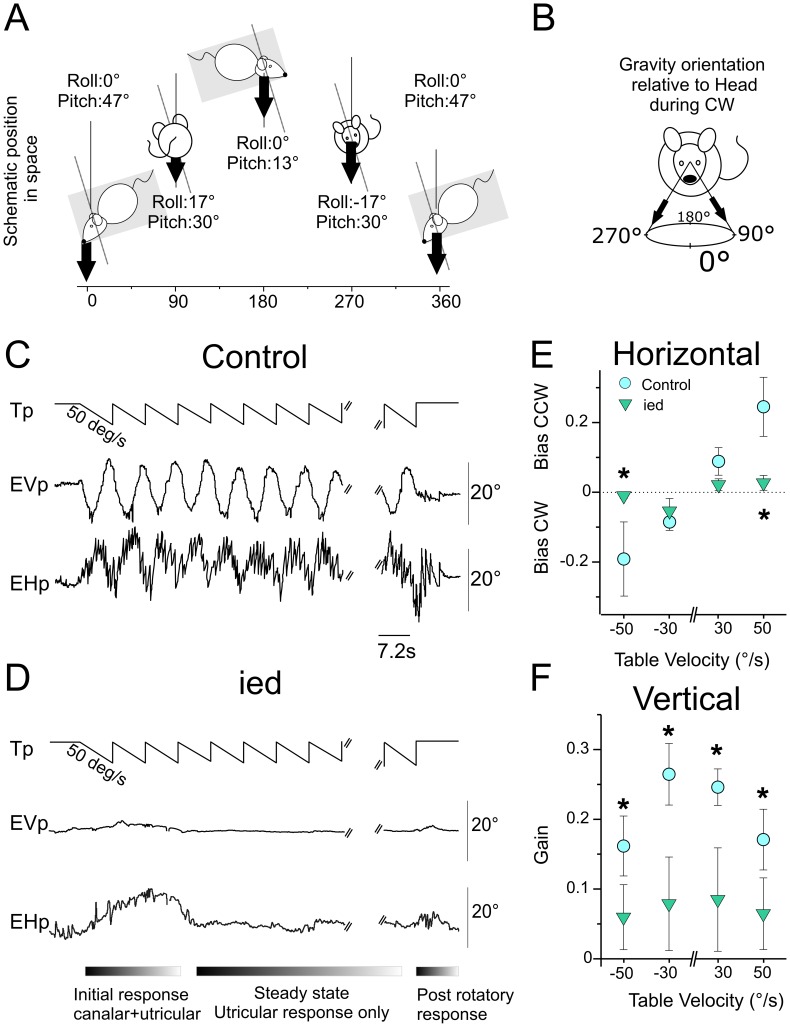Figure 2. Maculo-ocular reflex in C57Bl/6J and ied mice.
A, Left panel: Scheme of spatial displacement of the mouse during counter-clockwise rotation at constant velocity. Mouse was head-fixed 30° nose down; pitch of table was 17°. Roll and Pitch angles variations during rotations are reported for every ¼ cycle. B, Orientation of the gravity in head-fixed coordinates during clockwise rotation. C, Eye movements observed during 50°/s constant velocity off-vertical axis rotation in counter clockwise direction. Vertical eye position changed periodically with table rotation, reaching maximal elevation and depression when head roll was maximal (±8.5°). Horizontal eye movements also consisted in periodical modulation of the eye position on which was superimposed a horizontal nystagmus in compensatory direction (left for CW; right for CCW rotations). D, in ied mice, absence of otoconia resulted in the absence of horizontal and vertical movements during the steady-state. E, F, horizontal bias (E) and vertical gain (F) for C57Bl/6J and ied mice during off vertical axis in all tested conditions. In controls, horizontal bias increased with increasing table velocity. Vertical velocity gains decreased with increasing table velocity. Plots illustrate the absence of modulation of horizontal bias and vertical gain in ied mice. Asterisks indicate significantly larger response in C57Bl/6J compared to ied mice. Tp, Table position; EVp, Eye Vertical position; EHp, Eye Horizontal position.

